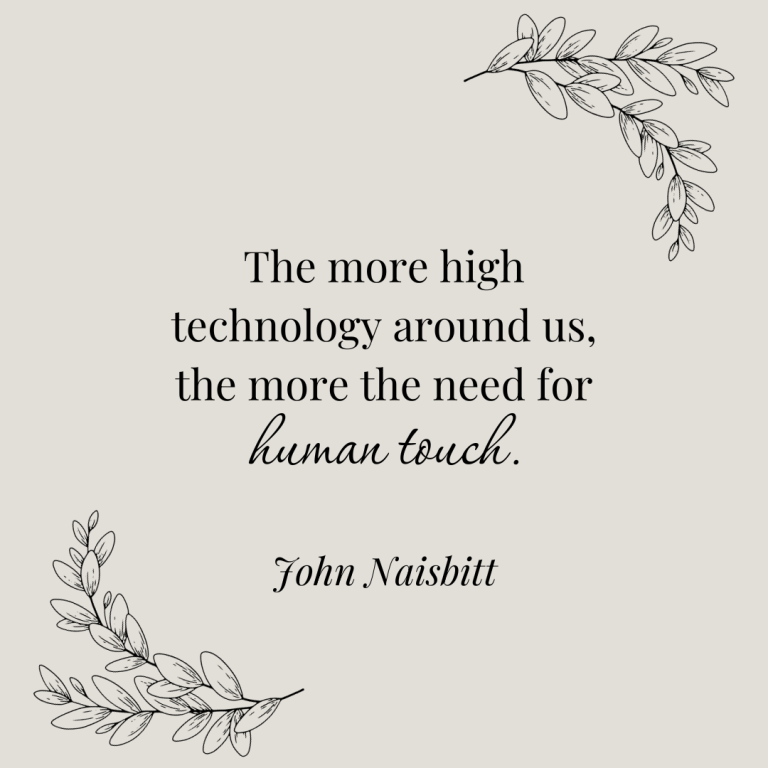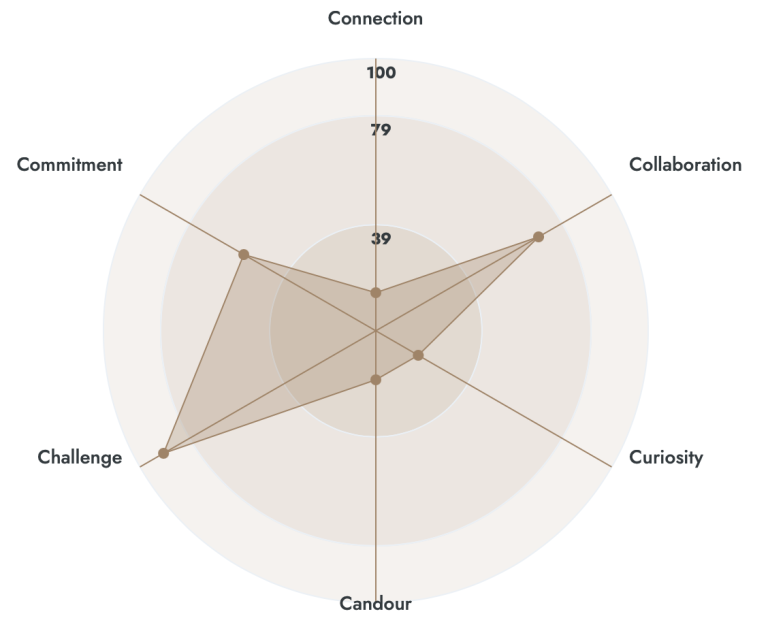When you collaborate with AI, are you cutting corners or tapping into something far bigger than yourself?
There is a narrative in education and leadership that using AI is somehow dishonest, inauthentic, or even “cheating.”
But what if we have misunderstood what AI really is?
Artist and composer Holly Herndon more accurately reframed it:
“AI is a deceptive, over-abused term. CI (Collective Intelligence) is more useful.”
When we interact with AI, we are not engaging with a single mind or machine. We are drawing from a vast body of shared knowledge from billions of inputs, insights, and interactions from humans across time and geography.
It is not cheating. It is collective.
It is not fake. It is synthesised.
And just like using a library, referencing a research base, or co-planning with a colleague, working with AI is about how you guide the process and apply your judgment.
School leaders have shared with me that conversations with teaching staff and their supervisors have been peppered with criticism and distrust of AI-generated responses.
When we reframe AI as a thinking partner drawing on collective intelligence, it becomes apparent:
- The direction still comes from you.
- The discernment for prompting and the responses is yours.
- The decision-making responsibility remains with you.
What AI offers is structure, clarity, and refinement based on patterns gathered from thousands of similar challenges.
It is not a shortcut. It is a smarter way to work.
Try this prompt in ChatGPT:
“As a leader, I want to explore how AI reflects collective intelligence. Show me how insights from others can support strategic thinking or planning in my context.”
Then consider, is this cheating or is it collaboration on a global scale?




